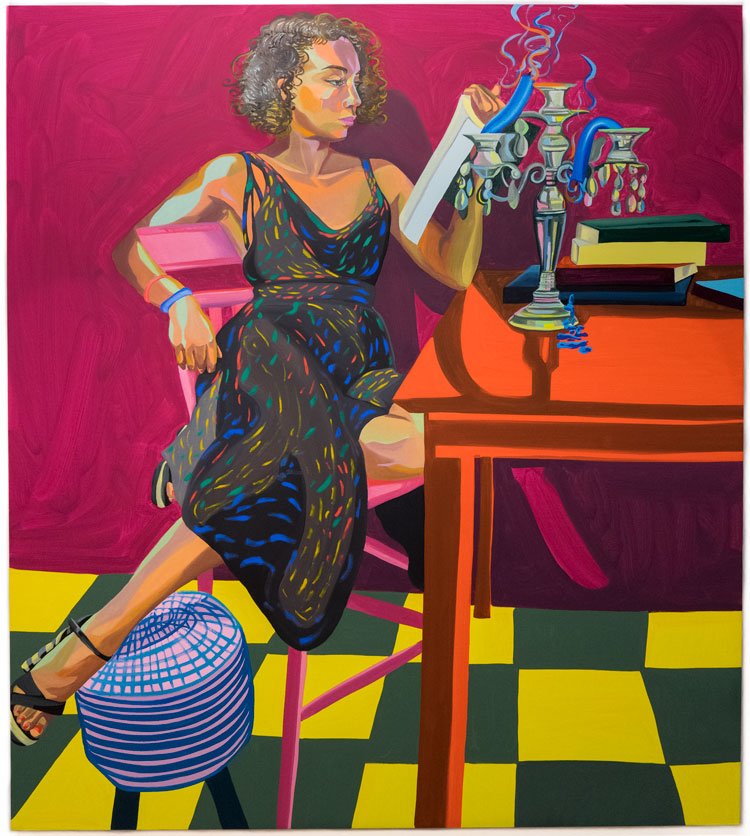“Background”
Reference
I chose this image as my reference to my selfie because of the meaning behind her. The image is meant to represent the artists homeland as well as her roots since she has uplifted from Cuba and has left her home to go to America. The image represents background culture heritage and womanhood. Although the images are both very different they represent the same thing. I wanted to interpret those things, those meanings in my own way. For my selfie I chose a image of me, my mother, aunt, and cousin. I believe the family, friends, environments, and the people you surround yourself with is what keeps you tied to your roots, identity, and background.
“She urged viewers to disregard their gender, race or other defining societal factors and instead connect with the humanity they share with others.”
“The making of my ‘Silueta’ in nature keeps the transition between my homeland and my new home,” she once said. “It is a way of reclaiming my roots and becoming one with nature. Although the culture in which I live is part of me, my roots and cultural identity are a result of my Cuban heritage.”
John Berger, Chapters 2+3
“A man’s presence is dependent upon the promise of power which he embodies. If the promise Is large and credible his presence is striking. If it is small and incredible, he is found to have little presence.”
“Her presence is manifested in her gestures, voice, opinions, expressions, clothes, chosen surroundings, taste indeed there is nothing she can do which does not contribute to her presence.”
“To be born a women has been to be born within an allotted and confined space in to the keeping of men”
“Our exhibition goes beyond the male perspective and view point of women. Through the exhibition we wanted to amplify the empowerment of women by bringing forward the beauty, voices,culture and things women contribute to society. The sole purpose of this exhibition is to exile the disempowerment women are subjected to and reclaiming the female aspect and awareness of what power stems from in the”
Bell hooks, Understanding Patriarchy
A man’s presence is dependent upon the promise of power which he embodies. If the promise Is large and credible his presence is striking. If it is small and incredible, he is found to have little presence.
Her presence is manifested in her gestures, voice, opinions, expressions, clothes, chosen surroundings, taste indeed there is nothing she can do which does not contribute to her presence.
To be born a women has been to be born within an allotted and confined space in to the keeping of men
Our exhibition goes beyond the male perspective and view point of women. Through the exhibition we wanted to amplify the empowerment of women by bringing forward the beauty, voices,culture and things women contribute to society. The sole purpose of this exhibition is to exile the disempowerment women are subjected to and reclaiming the female aspect and awareness of what power stems from in the
Female Gaze: Art that Looks at What Women See | NYTIMES
Article discusses the mail as well as the female gaze. The article further explains how males and females look at their subjects differently.
Quote
“ Her models were her mother and sisters, so in a sense she was creating an image of the world in which she lived.”
Mickalene Thomas: Photographed, Collaged and Painted Muses
The article discusses Artist Mickalene whose work entails African American women. Although her passions and art work entailed photography Mickalene was widely known for her rhinestone encrusted work, as well as the bright colors, and different textures used throughout her work. The artists pro-folio also consisted of a collection of 15 photographs that were taken during her time as a MFA student in Yale. The images taken were mostly of things she considered to be her muse such as her mother and grandmother and some photos included friends and lovers. The purpose of Mickalene’s work is to literally bring forward the presence, beauty, and identity of colored women.
Quotes
“By selecting women of color, I am quite literally raising their visibility and inserting their presence into the conversation”
“Thomas’s jazzy photomontages of women’s limbs and facial features can be construed as commentary on how female bodies are brutally picked apart in contemporary visual culture”
Ana Mendieta: Artist Who Pushed Boundaries | NYTimes
Ana Medietas was a activist as well as a artist. Medietas was known to often push moral, religious, sexual,ethnic, and political boundaries through her work. Her work was often curated through various method such as photography, performance, and film.
Mendieta and her sister captured the reactions of strangers who walked by a puddle of pig’s blood that Mendieta had spilled outside her apartment. Some stared and most walked around the mess. Eventually someone washed it off the sidewalk. To Mendieta, the recording offered a thought-provoking experiment on people’s indifference to violence.





















